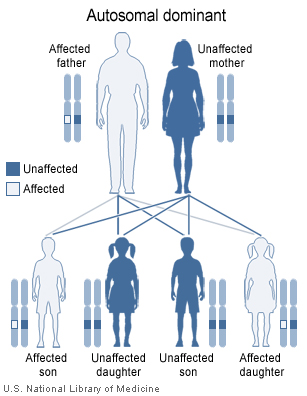Branchio-oto-renal syndrome
Editor-In-Chief: C. Michael Gibson, M.S., M.D. [1] Associate Editor(s)-in-Chief: Shivam Singla, M.D.[2]
Synonyms and keywords:
Overview
Branchio-oto-renal syndrome (also known as branciootorenal syndrome, BOR syndrome or BOR) is an autosomal dominant genetic disorder involving the kidneys, ears, and neck. In ears, it is associated with a wide number of defects ranging from sensorineural, conductive, or mixed hearing loss to structural defects of the inner ear, middle ear and outer ear along with branchial fistulas or cyst. Renal abnormalities include the complete absence of kidneys in some cases while in others only mild hypoplasia is present. The most important differential studied is Branchiootic syndrome (BO) which has exactly the same features as BOR syndrome but the affected individuals do not have the kidneys abnormalities like in BOR syndrome. The two condition similarities some times create a hard time for researchers and sometimes they even consider them together as BOR/BO syndrome.
"Branchio-" refers to the second branchial arch, which is a structure in the developing embryo that gives rise to tissues in the front and side of the neck. In people with BOR/BO syndrome, abnormal development of the second branchial arch can result in the formation of masses in the neck called branchial cleft cysts. Some affected people have abnormal holes or pits called fistulae in the side of the neck just above the collarbone. Fistulae can form tunnels into the neck, exiting in the mouth near the tonsil. Branchial cleft cysts and fistulae can cause health problems if they become infected, so they are often removed surgically. "Oto-" and "-otic" refer to the ear; most people with BOR/BO syndrome have hearing loss and other ear abnormalities. The hearing loss can be sensorineural, meaning it is caused by abnormalities in the inner ear; conductive, meaning it results from changes in the small bones in the middle ear; or mixed, meaning it is caused by a combination of the inner ear and middle ear abnormalities. Some affected people have tiny holes in the skin or extra bits of tissue just in front of the ear. These are called preauricular pits and preauricular tags, respectively. "Renal" refers to the kidneys; BOR syndrome (but not BO syndrome) causes abnormalities of kidney structure and function. These abnormalities range from mild to severe and can affect one or both kidneys. In some cases, end-stage renal disease (ESRD) develops later in life. This serious condition occurs when the kidneys become unable to filter fluids and waste products from the body effectively.
Pathophysiology
BOR results from the mutation of the EYA1 gene.[1] [2]

Diagnosis
History and Symptoms
Individuals with BOR may have underdeveloped (hypoplastic) or absent kidneys with resultant renal insufficiency or renal failure.
Ear anomalies include extra openings in front of the ears (preauricular pits), extra pieces of skin in front of the ears (preauricular tags), or further malformation or absence of the outer ear (pinna). Malformation or absence of the middle ear is also possible. Individuals can have mild to profound hearing loss, which can either be sensorineural, conductive, or mixed. People with BOR may also have cysts or fistulae along the sides of their neck corresponding to the location of the embryologic brancial clefts.
References
Template:Phakomatoses and other congenital malformations not elsewhere classified